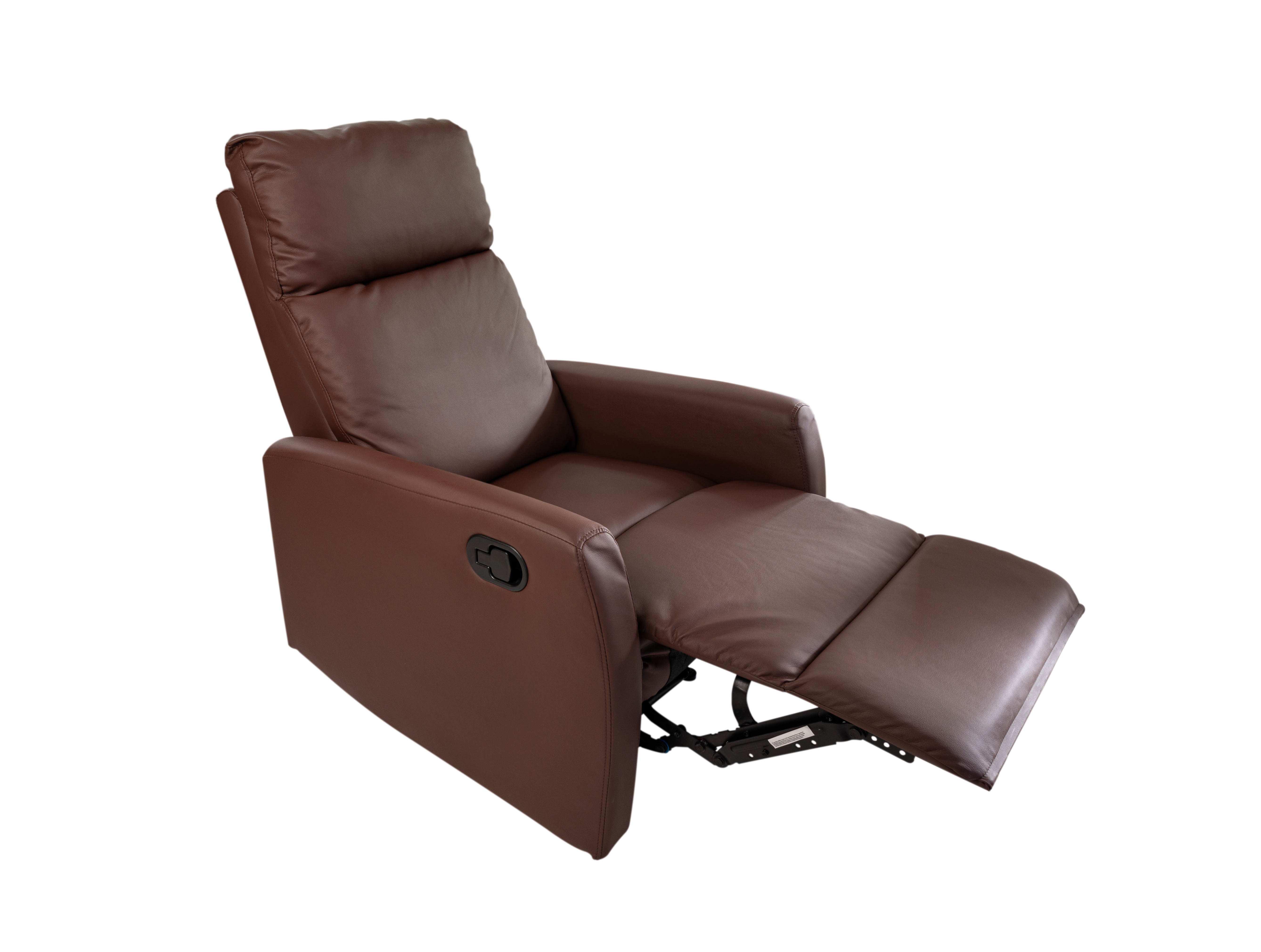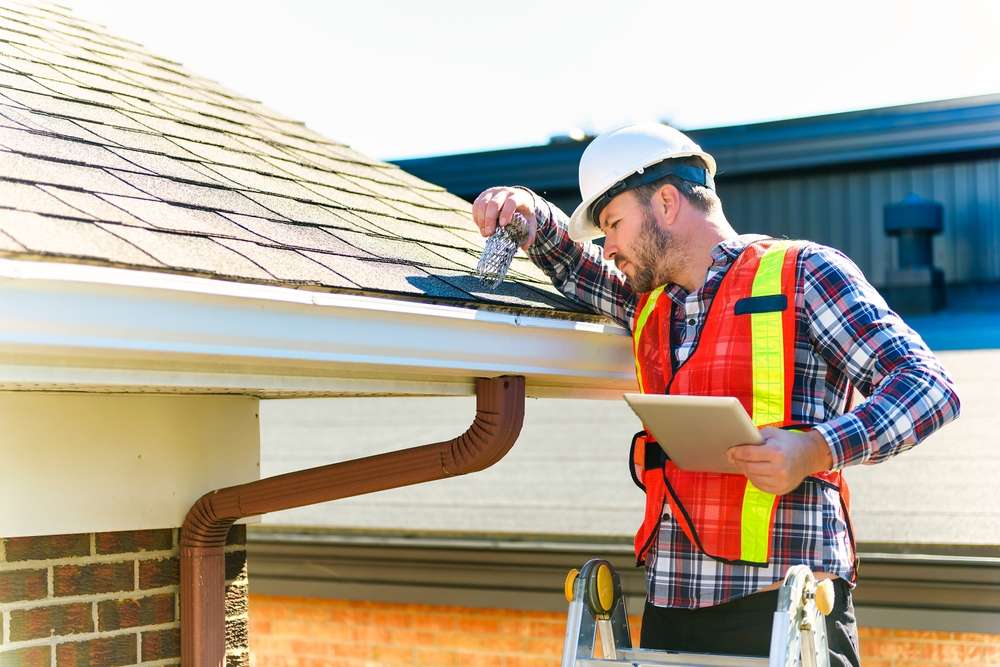Smart Curtains: How They Work and Fit Modern Homes
Smart curtains are motorised window coverings that can open and close automatically or by remote control, offering convenience, energy management and enhanced home automation. In recent years they have moved from niche luxury to more accessible options for households and small offices, with models that work via Wi‑Fi, Bluetooth or dedicated hubs. This article explains core technologies, common integrations, practical considerations for installation and maintenance, and how to find local services to fit smart curtains in your area.

What are smart curtains?
Smart curtains combine traditional fabric or blinds with an electric motor and control electronics to automate movement. They can be full curtains, roller blinds, or track systems designed for different window shapes and weights. Users can operate them via a smartphone app, voice assistant, physical switch or programmed schedules. The degree of automation varies: some systems simply replace the cord or rail mechanism, while others add sensors for light, temperature or presence to trigger automatic adjustments.
How do smart curtains work?
Most smart curtain systems use a motor connected to a controller that interprets commands from apps, remotes or automation hubs. Communication commonly uses Wi‑Fi, Bluetooth, Zigbee or Z‑Wave. When a command is received, the controller powers the motor to move the curtain along a track or rotate a roller. Sensors—such as light sensors or timers—can enable routines (for example, closing at dusk). Power can be mains, battery or solar, and choice depends on accessibility of wiring and desired autonomy.
Integration with home systems
Smart curtains can integrate with broader home automation platforms to create coordinated scenes. Popular ecosystems include Alexa, Google Home and Apple HomeKit, as well as third‑party smart home hubs. Integration enables routines like lowering curtains when the heating turns off or raising them with morning alarms. When choosing a system, check compatibility with your existing devices and whether a hub is required. Local installers often advise on interoperability to avoid adding multiple, redundant hubs.
Installation and local services
Installation ranges from simple retrofit units that clip onto existing rails to full re‑track work requiring professional fitting. For complex or heavy curtains, or when mains wiring is needed, engaging local services is advisable. Local services can assess window dimensions, recommend suitable motors and ensure safe electrical connections. When contacting providers in your area, request examples of past installations and confirm warranties and aftercare. Many suppliers offer both products and fitting, while others sell DIY kits for straightforward upgrades.
Privacy, safety and accessibility
Smart curtains introduce considerations around privacy and safety. Connected devices can be subject to software updates and should use secure network settings to reduce risk. Battery‑powered units still require secure physical access controls to prevent unintended operation. For households with children or pets, motorised systems remove dangling cords, reducing entanglement hazards. Accessibility features such as voice control and scheduled operation can benefit people with limited mobility; check that controls are intuitive and that manual overrides exist in power outages.
Maintenance and longevity
Maintenance needs depend on the drive type and usage frequency. Motors and tracks may require occasional cleaning and lubrication; battery units need periodic recharging or replacement. Fabric care follows standard curtain maintenance, but check that motorised elements are detached or protected before laundering. Manufacturers typically provide guidance on service intervals and parts availability. When selecting a product, consider spare parts and local repair options to extend useful life, and verify warranty terms for motors and electronics.
Conclusion
Smart curtains offer practical automation for privacy, light control and energy efficiency while fitting a range of budgets and technical preferences. Key decisions include motor type, power source, control method and ecosystem compatibility. For many households and small businesses, consulting local services can clarify installation needs and long‑term support. Assess security, maintenance and accessibility features alongside price and compatibility to choose a smart curtain solution that suits your home and routines.



